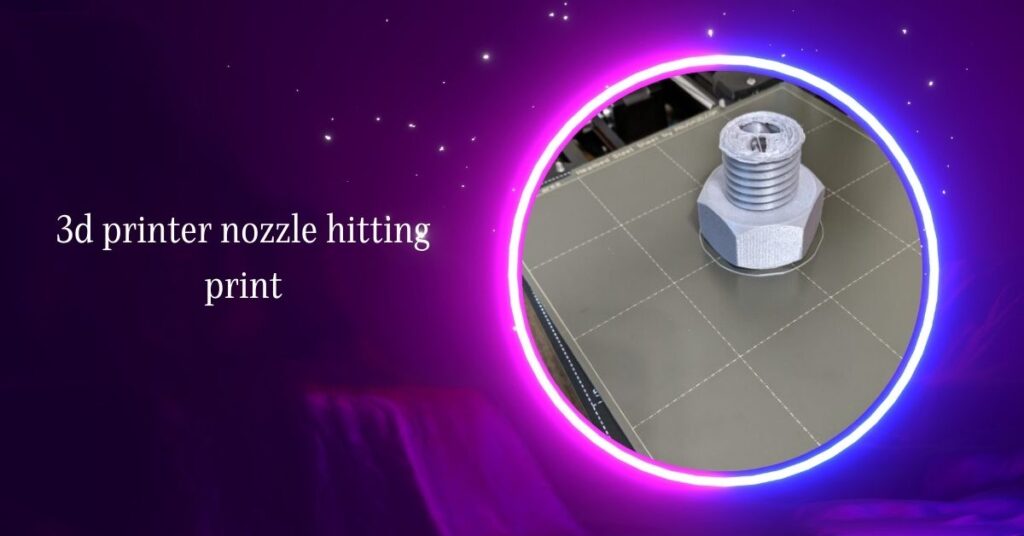
3D Printer Nozzle Hitting Print: Causes and Solutions!
3D printing has revolutionized manufacturing and DIY projects, allowing enthusiasts to create complex designs from…

3D printing has revolutionized manufacturing and DIY projects, allowing enthusiasts to create complex designs from the comfort of their homes. However, the technology isn’t without its challenges. A 3D printer nozzle hitting the print is often caused by improper bed leveling, Z-axis calibration issues, or hardware malfunctions. Regular maintenance, precise calibration, and checking slicer settings…
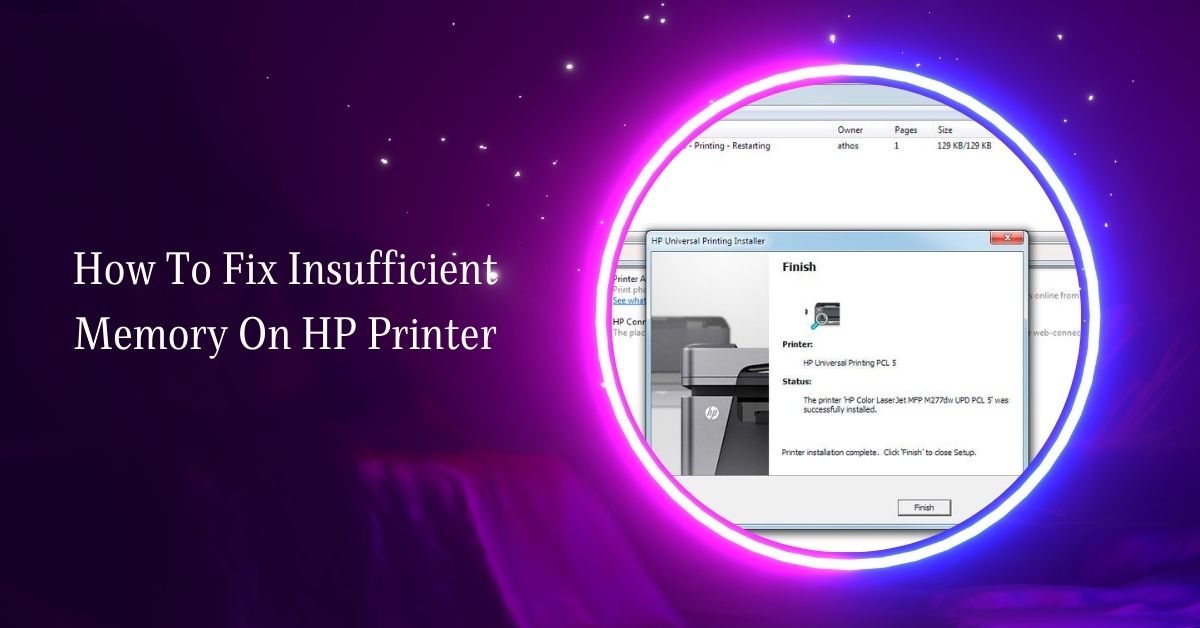
HP printers are reliable and versatile, but like all technology, they can sometimes run into issues. One common problem users face is the “Insufficient Memory” error. This issue can be frustrating, especially when you’re in the middle of an important print job. To fix “Insufficient Memory” on an HP printer, reduce file size, lower DPI…
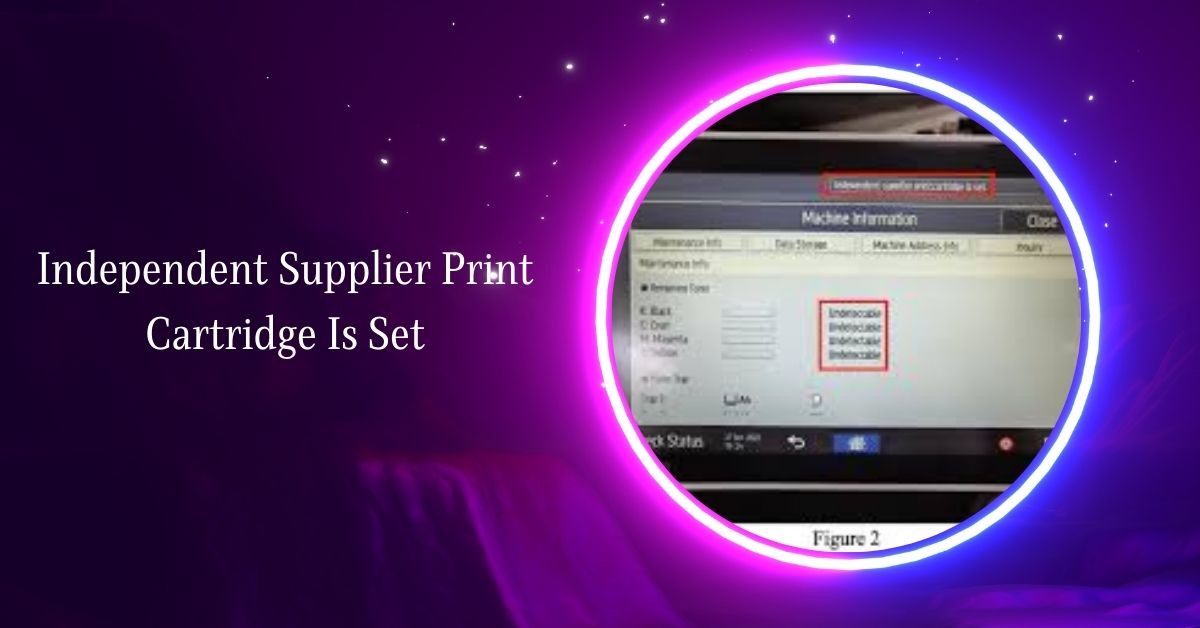
When it comes to maintaining a printer, choosing the right cartridge is crucial. Many users opt for third-party or independent supplier print cartridges due to cost savings and convenience. “Independent Supplier Print Cartridge is Set” indicates a non-OEM cartridge is installed. These cartridges offer cost savings but may cause compatibility issues or void warranties. Ensure…

Printers can sometimes enter idle mode, especially when left unused for a period. This mode is designed to save energy but can be frustrating if you’re trying to print something urgently. To get your printer out of idle mode, press any button on the display panel, send a new print job, or restart the printer….

If you’ve come across the term “FDW” while researching or using HP printers, you might be wondering what it stands for. “FDW” on an HP printer stands for “Full Duplex Wireless,” indicating that the printer can automatically print double-sided and connect wirelessly to your network. It enhances efficiency, saves paper, and offers flexible, convenient printing….
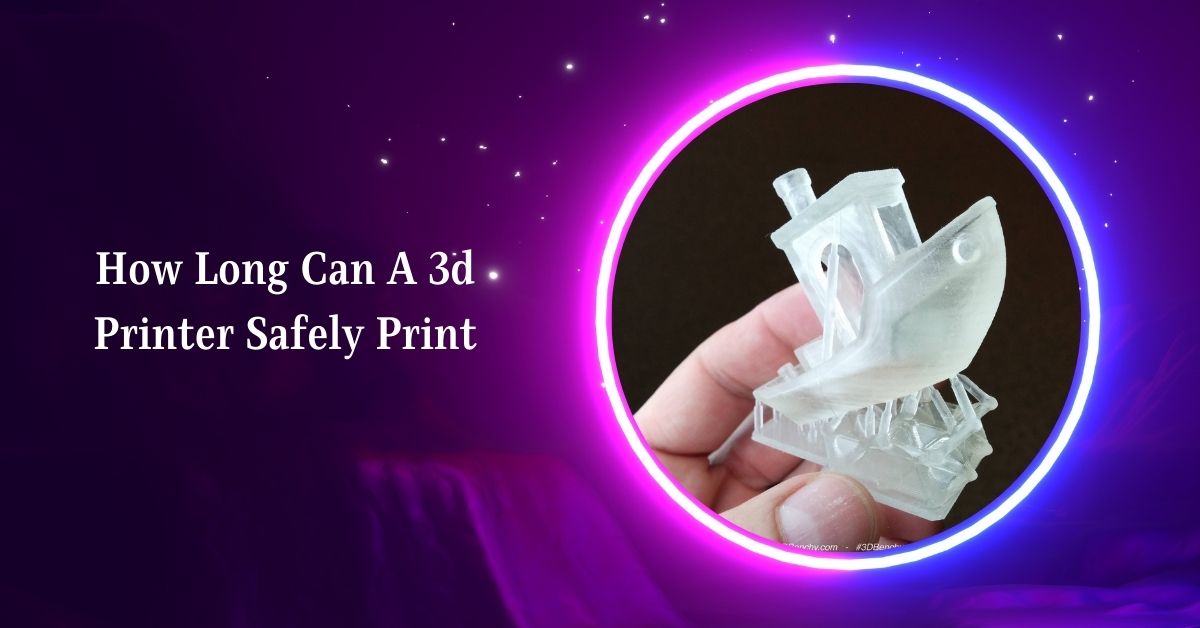
3D printing has revolutionized manufacturing, hobby projects, and prototyping. One common question among enthusiasts and professionals alike is how long a 3D printer can safely operate continuously. A 3D printer can safely print for 24-48 hours with proper maintenance, cooling, and power stability. Longer prints are possible with monitoring, regular checks, and high-quality components. Understanding…

It can be incredibly frustrating when your Epson printer starts churning out incomprehensible symbols and random characters instead of your intended documents. Epson printers may print gibberish due to corrupted drivers, connectivity issues, misconfigured settings, or software conflicts. Updating drivers, checking connections, resetting settings, and scanning for malware can resolve the issue. In this comprehensive…

In most office and home setups, printers are usually connected through a router to enable multiple devices on a network to access them wirelessly or via Ethernet. However, there might be situations where you need to connect a printer directly to a computer using an Ethernet cable without the involvement of a router. Connect your…

3D printing has revolutionized the way we create, allowing for the transformation of digital designs into tangible objects. With this advancement comes the question of endurance: how long can a 3D printer run continuously without encountering problems? This question is crucial for hobbyists, professionals, and industries that rely on 3D printing for rapid prototyping and…

Epson printers are known for their reliability and quality, but like any technology, they can occasionally run into issues. One common problem that some users face is the printer repeatedly printing “Get Host” instead of the intended document. This issue can be frustrating, but with a systematic approach, it can be resolved. In this guide,…
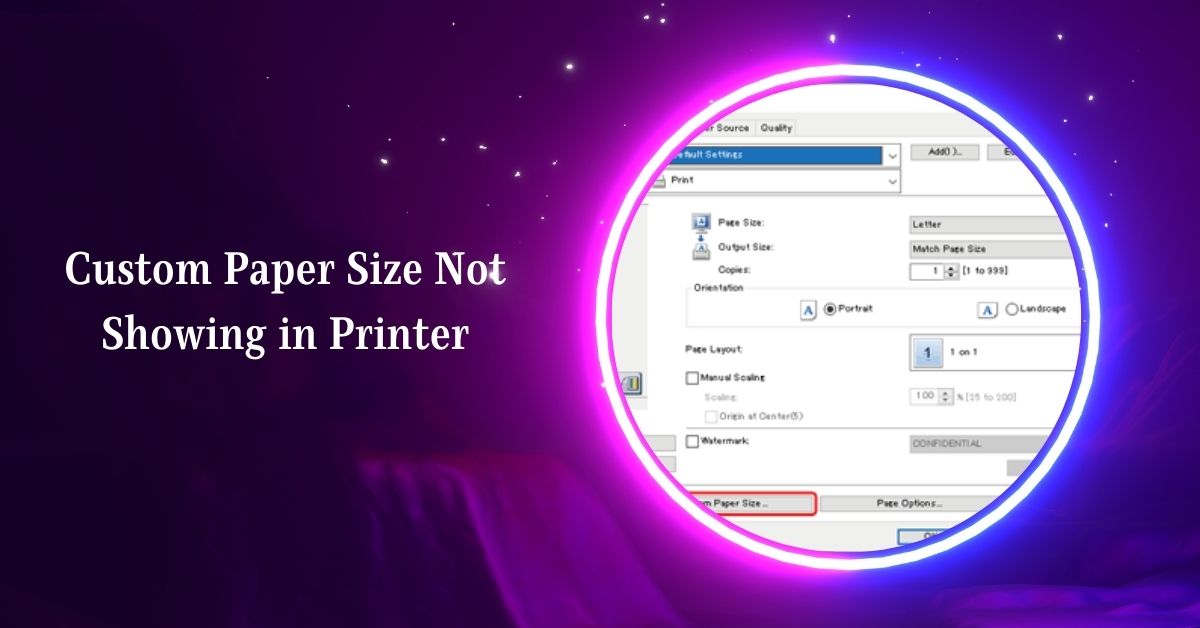
Printers are indispensable tools in our daily lives, whether for work, school, or personal projects. One common issue users encounter is the custom paper size option not appearing in the printer settings. The custom paper size option might not show due to outdated printer drivers, software settings, or printer compatibility issues. Updating drivers, configuring settings,…

3D printing has revolutionized how we create objects, allowing for endless customization and innovation. Among the various materials used in 3D printing, dishwasher-safe filaments are gaining popularity for their practicality and convenience. In this comprehensive guide, we’ll delve into what makes a filament dishwasher safe, explore different types, and discuss their applications and benefits. What…
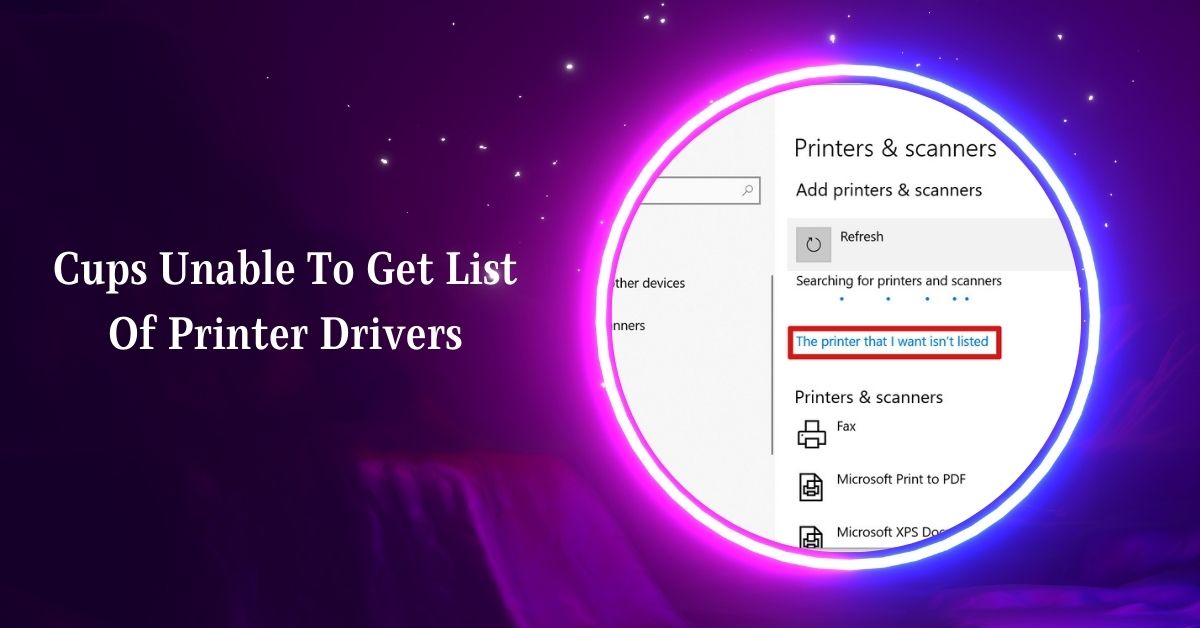
It is common to encounter issues with the Common UNIX Printing System (CUPS), such as failing to list printer drivers. If CUPS is unable to get a list of printer drivers, check for permissions issues, ensure necessary packages like `foomatic-db-engine` are correctly installed, and restart the CUPS service. Visit the CUPS web interface for manual…
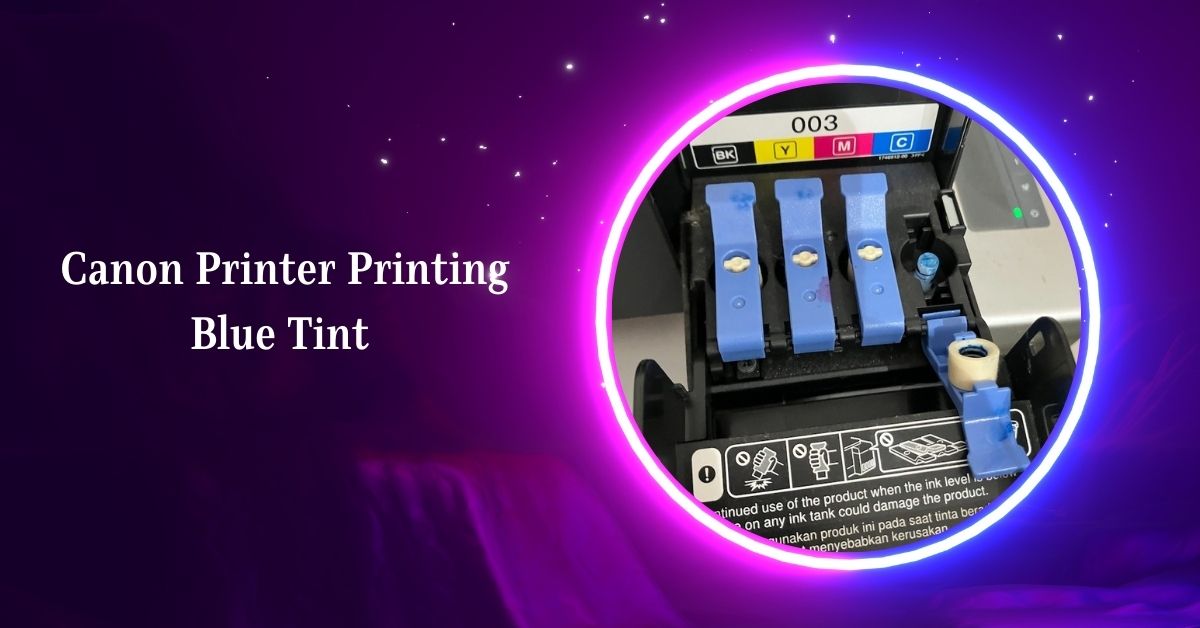
Canon printers are known for their high-quality prints, but occasionally, users might encounter an issue where the printer produces a blue tint on prints. A blue tint in Canon printer prints often indicates low or empty color tanks, especially the yellow cartridge. To resolve this issue, regularly check ink levels and perform print head maintenance….
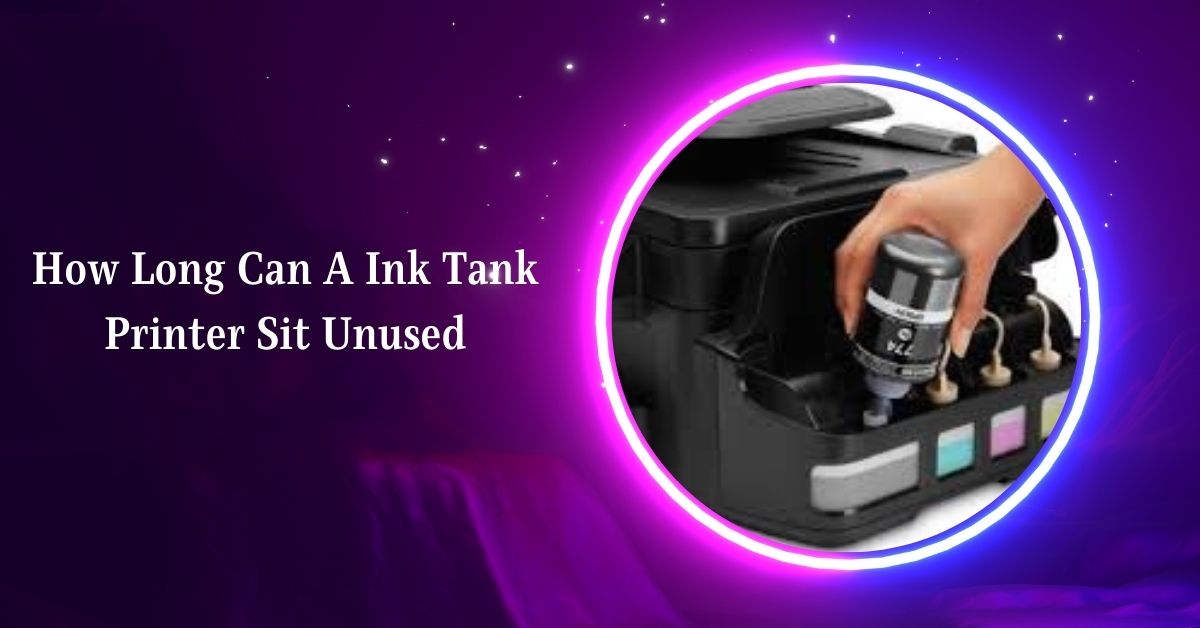
Ink tank printers, like any other printing devices, are subject to certain risks when left unused for extended periods. An ink tank printer can sit unused for a week or two without issues, but for optimal performance, use it at least once every two weeks. Some models like the Epson EcoTank can handle up to…
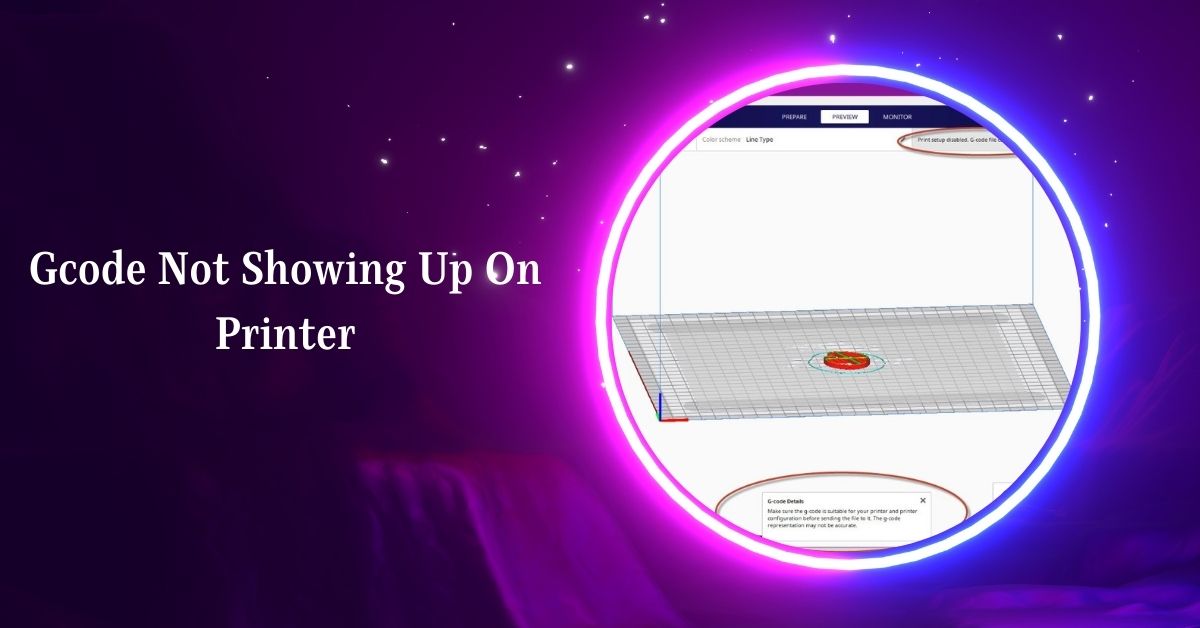
In 3D printing, encountering issues with Gcode not displaying on your printer can be frustrating. If your G-code isn’t showing up on the printer, ensure the file is correctly named and adequately formatted. Check your printer’s settings and connections, and make sure the G-code file is compatible with your printer model. Here’s an in-depth look…
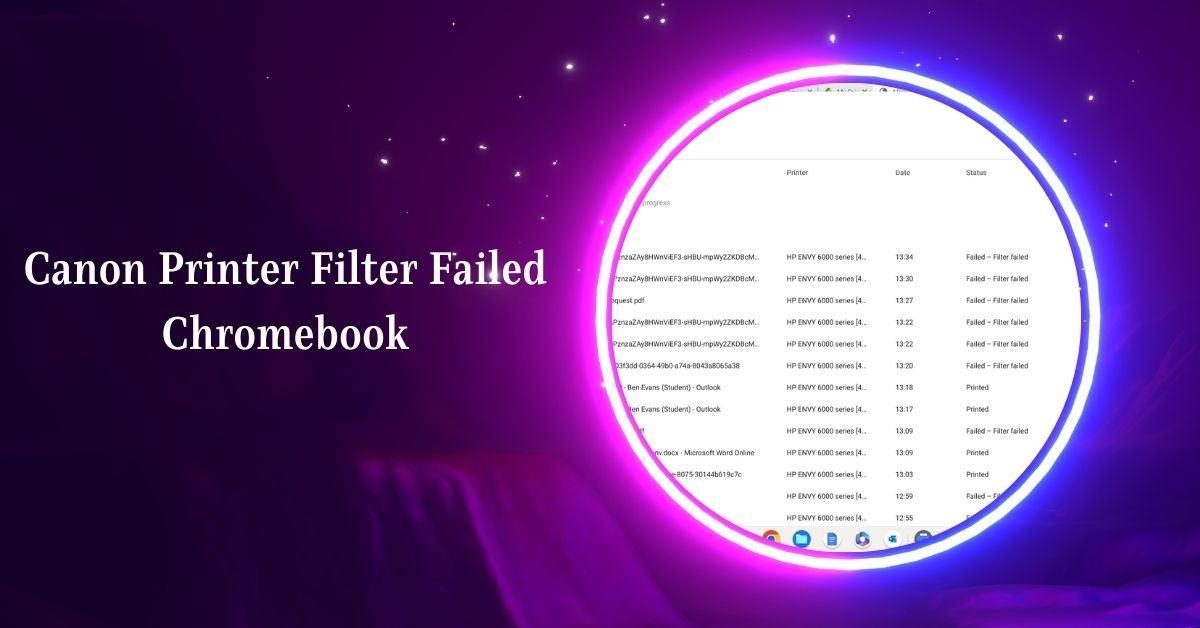
When attempting to print from a Chromebook using a Canon printer, users may encounter the “Filter Failed” error. The “Filter Failed” error on Canon printers when using a Chromebook indicates an issue with the printing subsystem, often due to processing capacity limits or outdated drivers. Ensure your drivers are updated and the printer settings are…
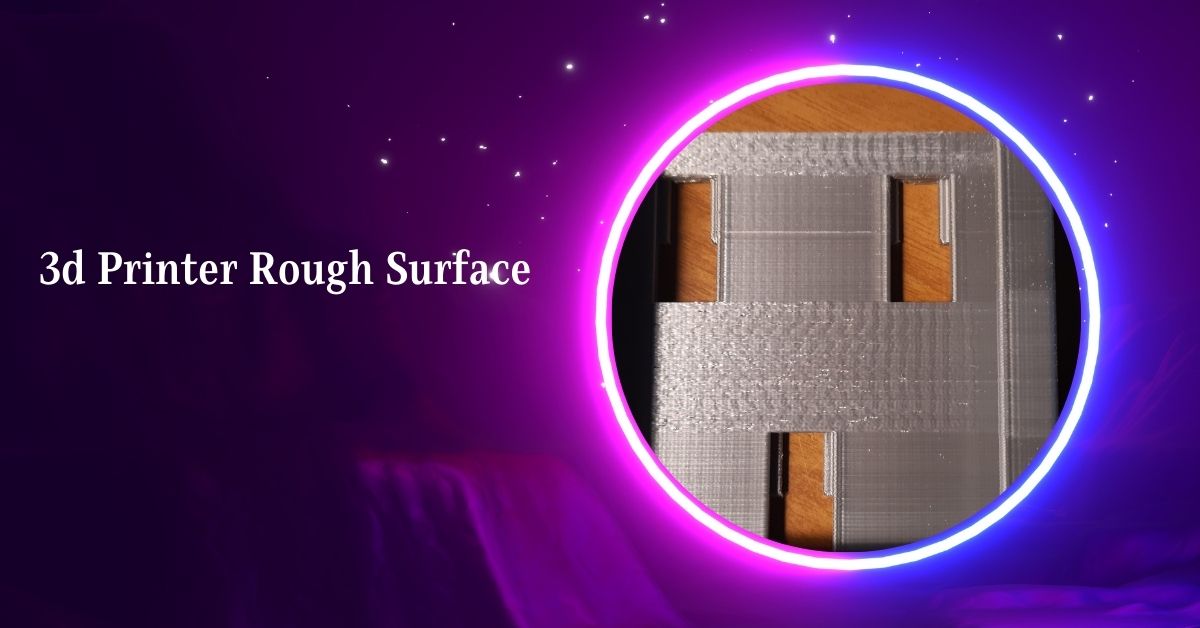
3D printing is a versatile and revolutionary technology, yet it often presents challenges, one of the most common being rough surfaces. Rough surfaces in 3D prints can result from over-extrusion, wet filament, or printing too hot. Ensuring the nozzle isn’t too close to the bed and adjusting extrusion settings can help achieve smoother prints. Here,…

Bulging corners in 3D prints is a common issue that can affect printed objects’ overall quality and precision. Bulging corners in 3D printers are often caused by over-extrusion, where excess filament builds up at the corners. To prevent this, adjust print speed, optimize nozzle temperature, and fine-tune extrusion settings. Here’s a comprehensive look into the…
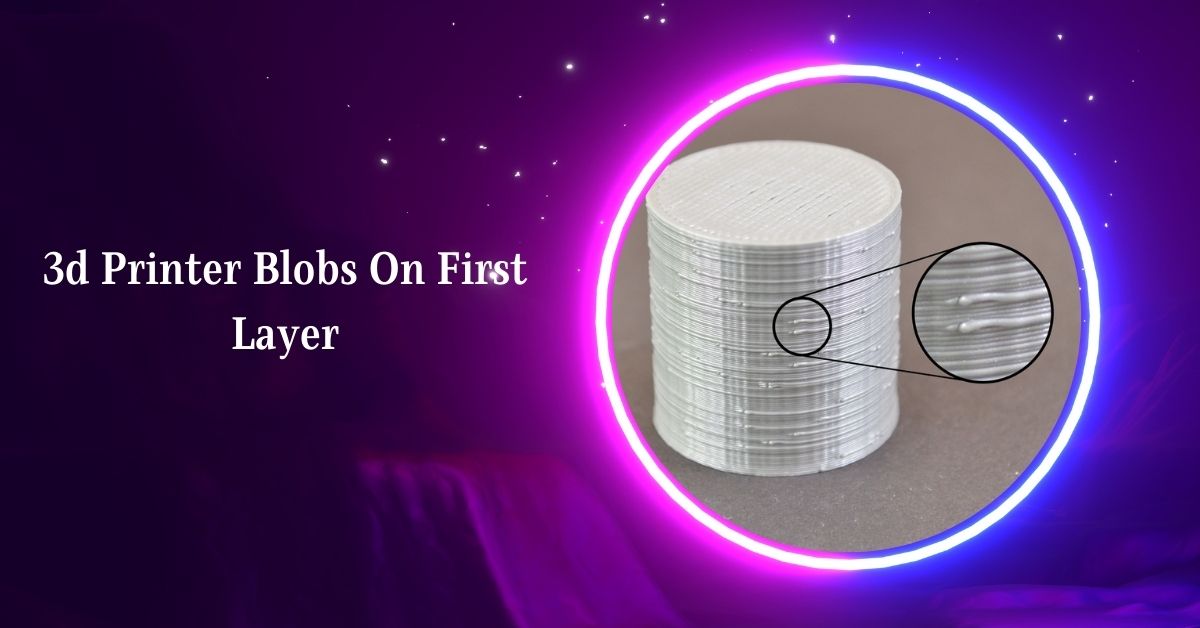
3D printing has revolutionized the way we create objects, allowing for incredible precision and customization. Blobs on the first layer often occur due to over-extrusion or the nozzle being too close to the bed. Ensure proper nozzle height and check extrusion settings to fix these issues and improve bed adhesion. In this article, we delve…